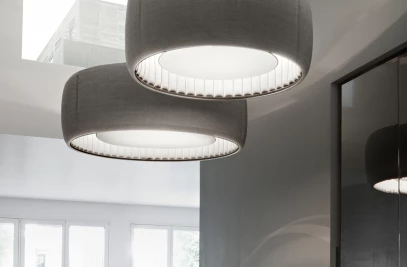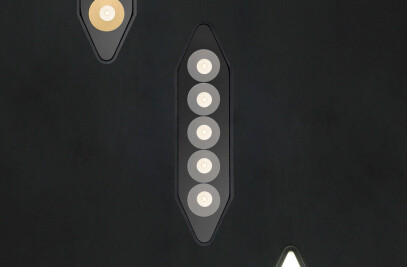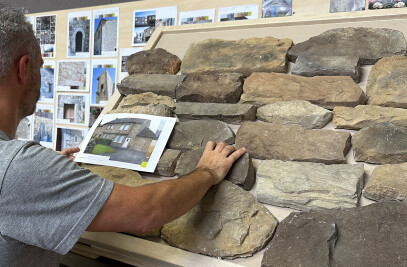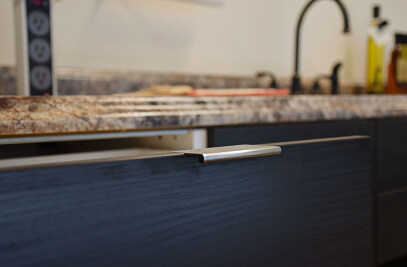The primary intent for this urban backyard was to provide expanded outdoor living space for our personal home and ground floor architecture studio. As an architect with a multigenerational Mediterranean history in horticulture, it was imperative to design a tranquil space that would celebrate an ancestral and nostalgic desire to tend and spiritually connect to the earth, plants, and the local ecosystems they sustain.

We generally love the outdoors and wanted to create a private little oasis that would take our typical day to day indoor activities outside. With only 533 square feet space, the yard was divided into two multi-use zones: a sunken lounge area for reading and entertaining, and a cooking/dining zone that doubles as a work surface and or boardroom for office/client meetings— pulling all aspects of our personal and professional lives outdoors. Bisecting each zone, is a paver/gravel path that connects each zone and leads to and from the house and rear laneway. The animated path is flanked by inground lighting and various low plantings.

A key component in our intent to establish a tranquil garden lies in both the fence design and curated selection/placement of trees, shrubs and vegetation. Instinctively, we wanted to celebrate the unique aspects of nature’s bountifulness in an art gallery-like format. As such, the fence was designed as a tall monolithic form with vertical ship-lap cedar boards to establish a continuous backdrop that would clearly distinguish the variety of shapes and colours exhibited in leaf foliage and seasonal floral blooms. The primary seating strategically faces the East fence and bounding planter offering the plant variety which we stare at for hours on end.

Various fabrication and customized building techniques were employed to execute the backyard design. The primary path for example was a design exercise of negative space with the knowledge and use of 2x6 formwork. Formwork was strategically placed to create both modular gaps between each paver and relief space for vegetation as noted above. The concrete was sourced from a downtown plant and stained with charcoal pigment so that it would be in-keeping with the tonal family of the specified black granite placed within the relief voids. The end effect results in a uniform colour with varied textures and strategic openings for plantings and creepers.

More significantly, we made a conscious effort to source renewable local eastern white cedar within a specific delivery radius. A such, we worked closely with a local cedar mill to design a custom ship-lap profile for the surrounding fence and cabinetry. The local mill also supplied us with all posts, deck boards, and solid treads for the open riser stair leading up to the second floor.

Another key ecological and design component was to specify species that would provide year round seasonal interest. For example, various vines, perennials and bushes such as peonies, clematises, and tulips were included to provide continuous floral blooms throughout the spring/summer season. In addition, native tree species such as beeches, hornbeams were specified for their bright yellow fall attraction or auburn winter attraction.

Furthermore, it was imperative for us to include various native plant species in order to support local pollination ecology and bee populations. As such, eastern redbuds, lilacs, Solomon’s seal, hornbeams, beech, and aspens were among the few specified and celebrated in our petite garden. Within the first season of planting, we witnessed a surge of hornets, leaf-cutter bees, honey bees, ladybugs and beetles a like that transit through and make their home in our backyard.

Team:
Architects: REIGN ARCHITECTS INC
Photographer: Doublespace Photography















































